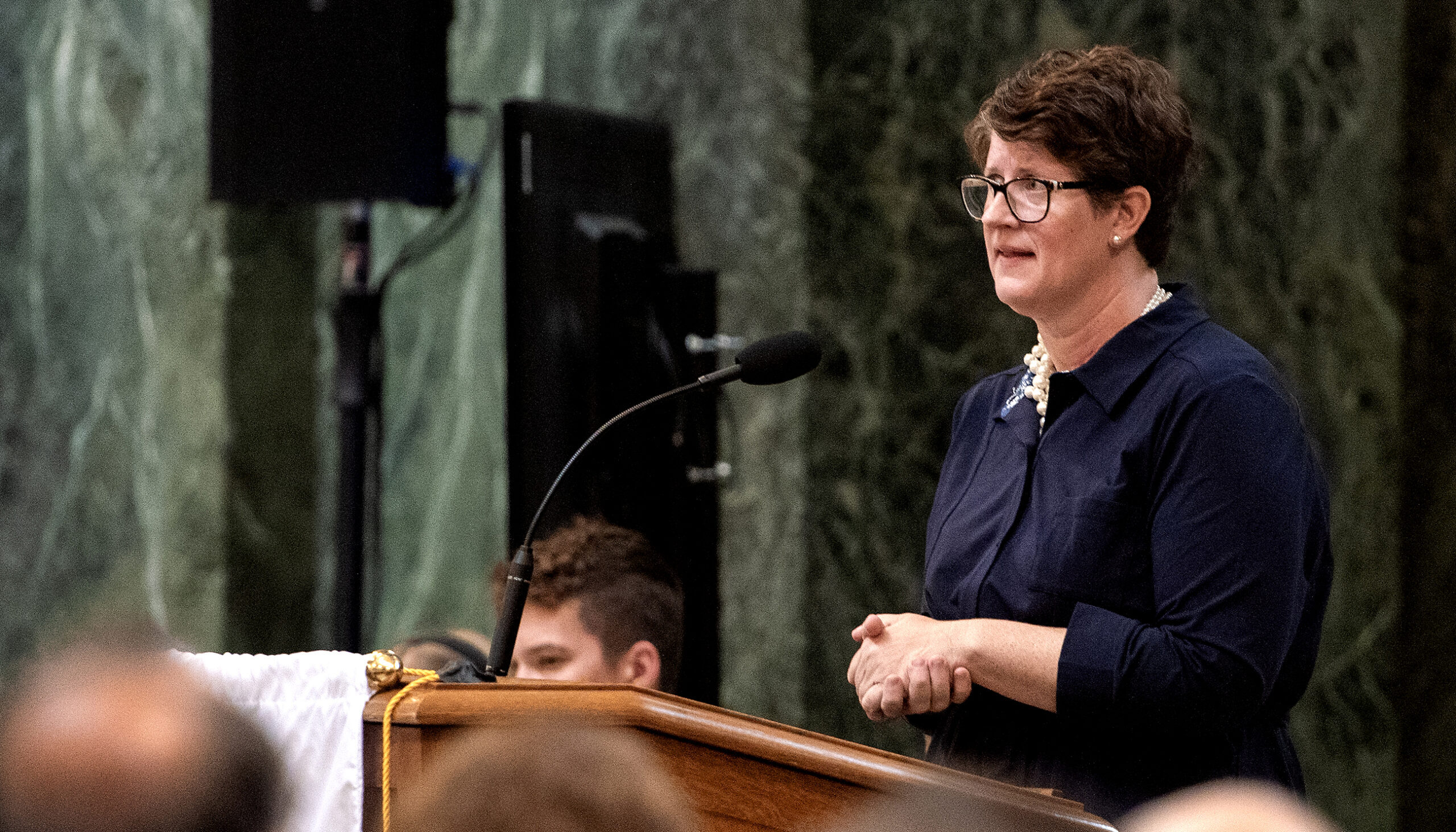Wisconsin state agencies could consider offloading even more office space than previously planned, according to an audit presented to state lawmakers this week.
Three years ago, Democratic Gov. Tony Evers’ administration released a Vision 2030 plan, which laid out a roadmap for the state workforce in the coming decade. Because of the continued popularity of remote work, it called for consolidating state office space and for selling multiple state buildings in the coming years.
In all, state officials say Wisconsin could save $9 million in occupancy costs plus more than a half a billion dollars in deferred maintenance expensive by cutting down on office space, according to an update to the plan released last spring.
News with a little more humanity
WPR’s “Wisconsin Today” newsletter keeps you connected to the state you love without feeling overwhelmed. No paywall. No agenda. No corporate filter.
To develop that update, Wisconsin’s Department of Administration contracted with a consulting firm. The firm concluded that 26 state agencies could cut down their collective office space by 26 percent, or more than 640,000 square feet, according to the audit.
But the review from Wisconsin’s Legislative Audit Bureau concluded that, even if all that office space is cut back, some state agencies may still end up with more real estate than they need.
Even after cutting back on more than 87,300 square feet of office space for the Department of Transportation, for instance, the audit estimated employees there would only need about half of that reduced office footprint.
Auditors acknowledge data doesn’t show full extent of remote work
Legislators on Wisconsin’s audit committee voted last year to order the probe into teleworking practices at state agencies and the Universities of Wisconsin.
Auditors acknowledged, however, that the data doesn’t capture the full extent of remote work. That’s in part because most agencies don’t have a centralized system for tracking who’s in and out of the office on a given day.
Along with surveying agencies about their policies, auditors went in-person to the offices of 15 state agencies on six days each. While making those visits, they found that less than a third of workstations at those offices were being used on average.
Auditors also looked at when employees were using key cards to swipe into their offices. But, as Rep. Ryan Clancy, D-Milwaukee, noted, that doesn’t account for employees who swipe for their co-workers.
“Unless you’re a jerk, you’re gonna hold the door for the person coming behind you and they might do the same,” he said.
During a public hearing Tuesday, Republicans on the audit panel raised concerns about a lack of definitive data from the Evers administration about the full extent of remote work among state employees.
“When state buildings cost billions in the budget each biennium, uncovering the amount of space actually being used by state workers is critical to proper administration and to avoid waste,” Committee Co-Char Sen. Eric Wimberger, R-Green Bay, said in a statement. “It is disconcerting that the Department of Administration and UW do not have procedures in place to definitely say who is working where and when.”
Department of Administration Secretary Kathy Blumenfeld told legislators the state is working to tighten up policies for tracking remote work.
She said the rise of more flexible work arrangements has helped Wisconsin recruit more workers outside of the Madison and Milwaukee regions and, in many ways, has been a “win-win” for the state.
“It is clear that remote and hybrid work will result in several benefits for the state,” she said, “including helping agencies to continue to be an employer of choice in this competitive labor market, reducing the real estate footprint of state government, which saves taxpayers dollars and returns properties to the tax rolls, and allowing agencies to provide good paying job all across our state.”
Editor’s note: This story has been corrected to correct an estimate of how much the state could save in occupancy costs by reducing office space.
Wisconsin Public Radio, © Copyright 2025, Board of Regents of the University of Wisconsin System and Wisconsin Educational Communications Board.







